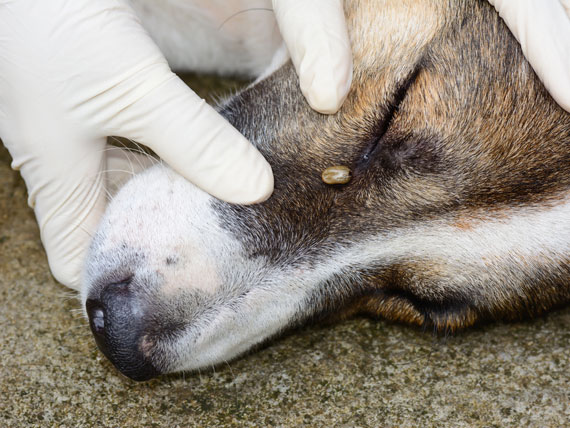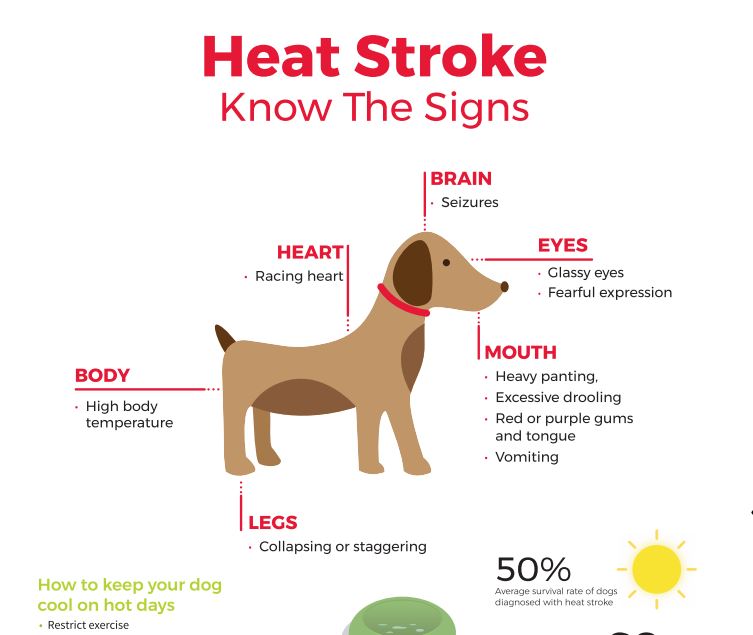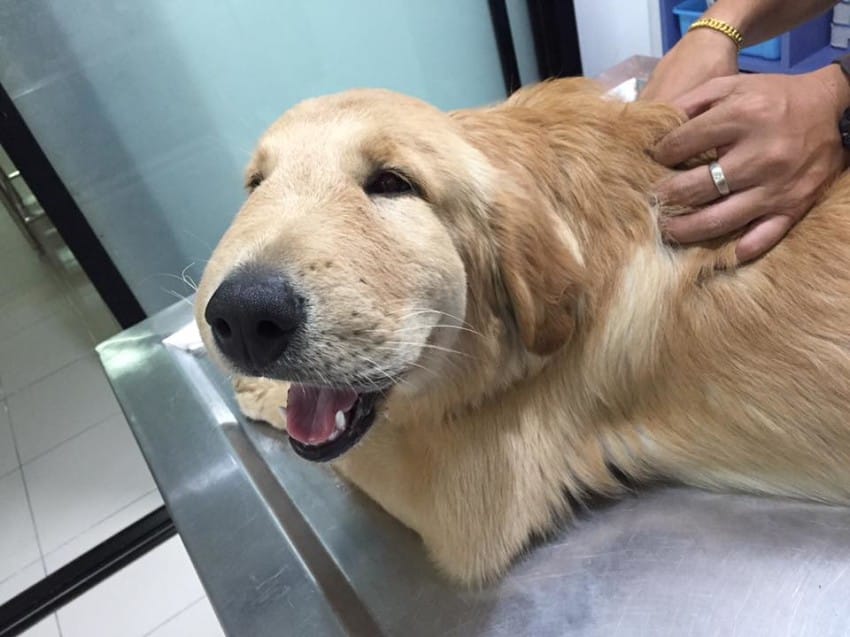How to Reduce Anxiety for Your Pets
Image by pexels
Guest Post by Elise Morgan
Pets experience anxiety the same way as human beings. However, unlike people, dogs use body language to communicate their level of anxiety. Traveling with a dog that has car anxiety can be quite dangerous. To help your dog, you should first understand what triggers the car-anxiety.
Dogs can display signs and symptoms such as a tucked tail, fidgeting, avoidance of eye contact, and hiding depending on the level of anxiety. The common signs of anxiety also include increased pacing, increased salivation, trembling or shaking, hyper-vigilance, lip licking, frequent yawning, and decreased appetite. To improve the human-pet relation with your dog, you must learn how to calm your anxious dog. If you ever notice a repetition of any unusual behavior, you should seek professional advice from an animal veterinary or a certified animal behaviorist.
Why Pets can Sometimes be Anxious
Causes of anxiety in different dogs vary because every dog displays diverse signs and symptoms. You should learn to recognize the stress signals from your dog to understand what causes anxiety for your pet. Here are the common reasons why your pet can sometimes be anxious.
New Environment
Dogs that are prone to carsickness always anticipate the travel with anxiety. Either the car environment or the anticipated destination triggers this anxiety. The dread and fear of traveling—if you have a routine of going to the veterinarian in your car, for example—can induce stress and anxiety. A dog’s anxiety may also be triggered by car sounds such as those produced when you drive over rumple strips.
Separation Anxiety
Some dogs are fond of each other or even attached to their owners. If you sleep with your dog, it experiences the cuddly consequence of human-pet intimacy. Your dog gets used to comfort and companionship whenever you are around. However, once you sell puppies, separate dogs, or let go of your favorite pet, it is highly likely that the dog will suffer from separation anxiety. Be keen to notice separation anxiety symptoms such as chewing or digging furniture, howling, and frequent pacing or even using the bathroom inside the house. The dog tends to act out while you are away.
Pet History
Pet history could cause anxiety if the rescued dog had a bad experience with other dogs or even the previous owner. Such dog depicts anxiety signals whenever they are exposed to anxiety triggers. For example, a dog that had an awful experience with lagers dogs will start trembling in the presence of such dogs.
Tips for Reducing Anxiety in Your Pets
Even though it is difficult to know if your dog’s anxiety may develop into anxiety-related severe problems and severe disorders, the following tips can help you predict and calm your puppy or dog:
Determine the Cause of the Anxiety
Learn to read the body language of your canine friend to determine the things that trigger their anxiety. Only then you can know how to avoid the negative experiences that cause anxieties such as aggression-related anxiety.
Make Sure You are Getting Enough Play Time with Your Dog
Enough socialization and play with your dog can to get out their energy and prevent the development of anxiety. Play also enhance mental, and physical well-being of your dog
The Bottom Line: Dog Anxiety
Dog anxiety is common just like human anxiety. Understanding causes, symptoms, and treatment options for dog anxiety can help you prepare for these situations ahead of time. Such essential facets can also help you prevent situations that trigger your dog’s anxiety.




